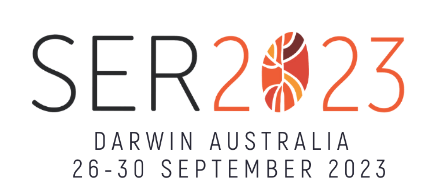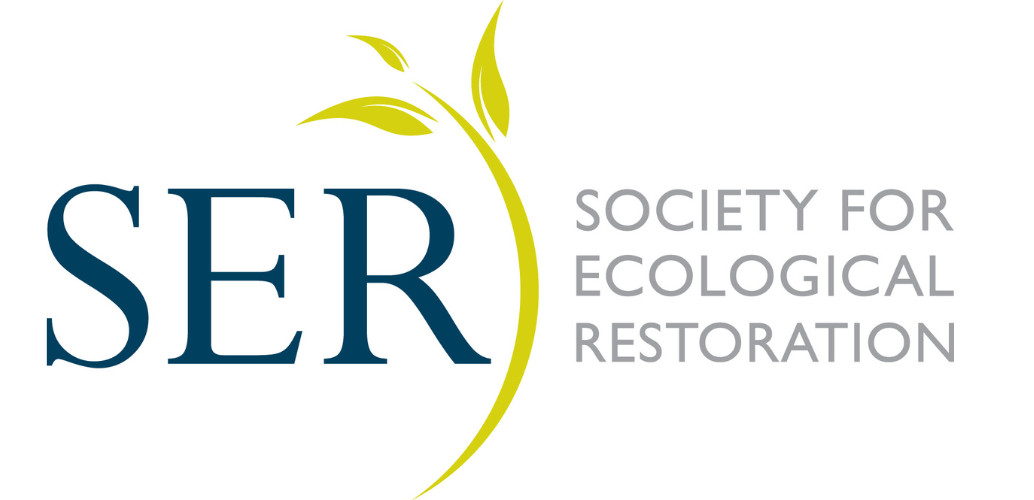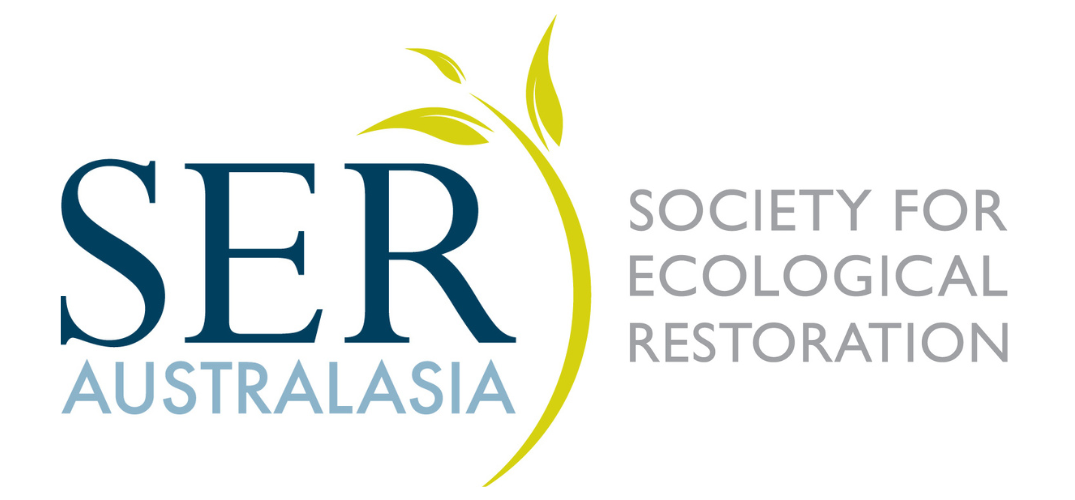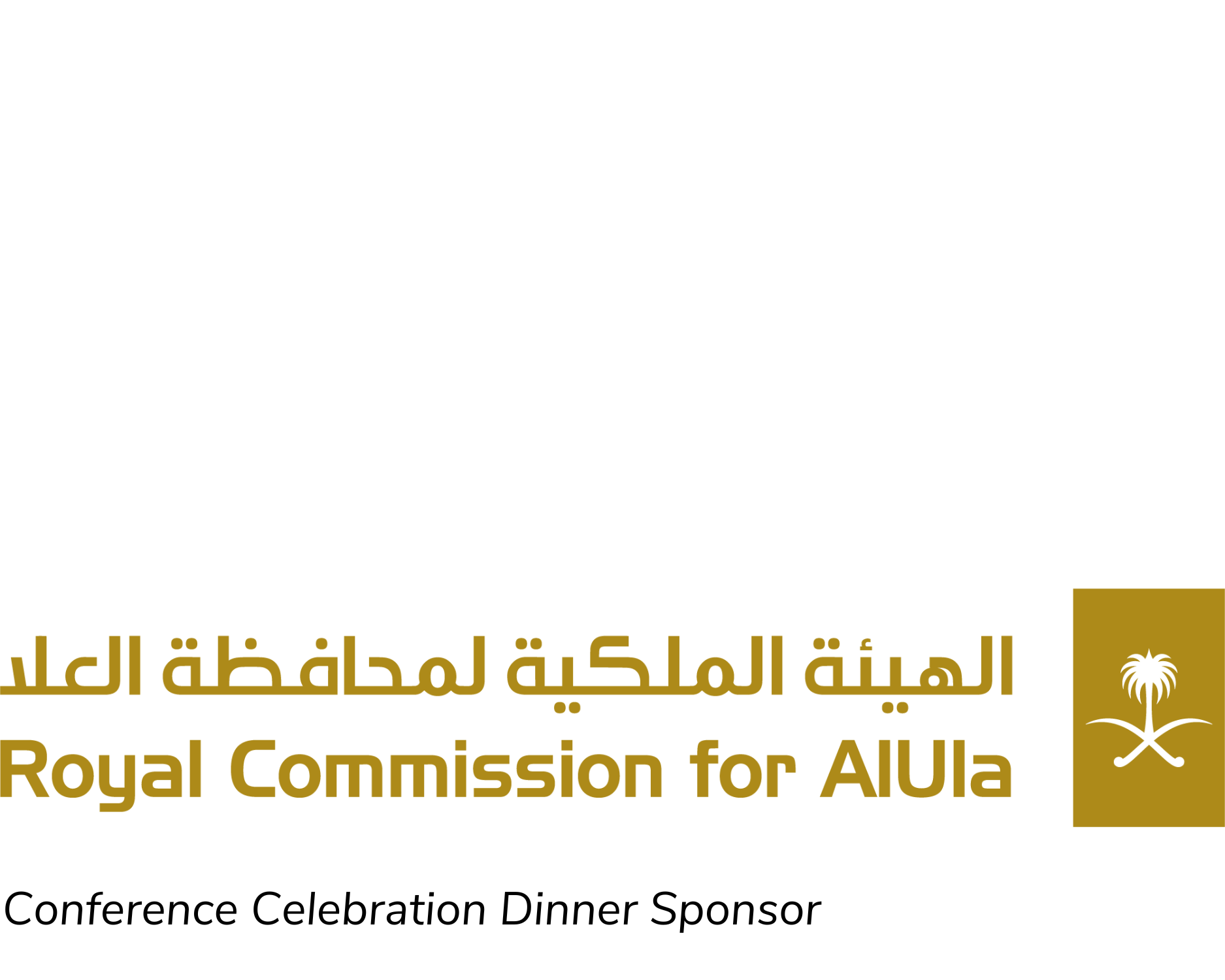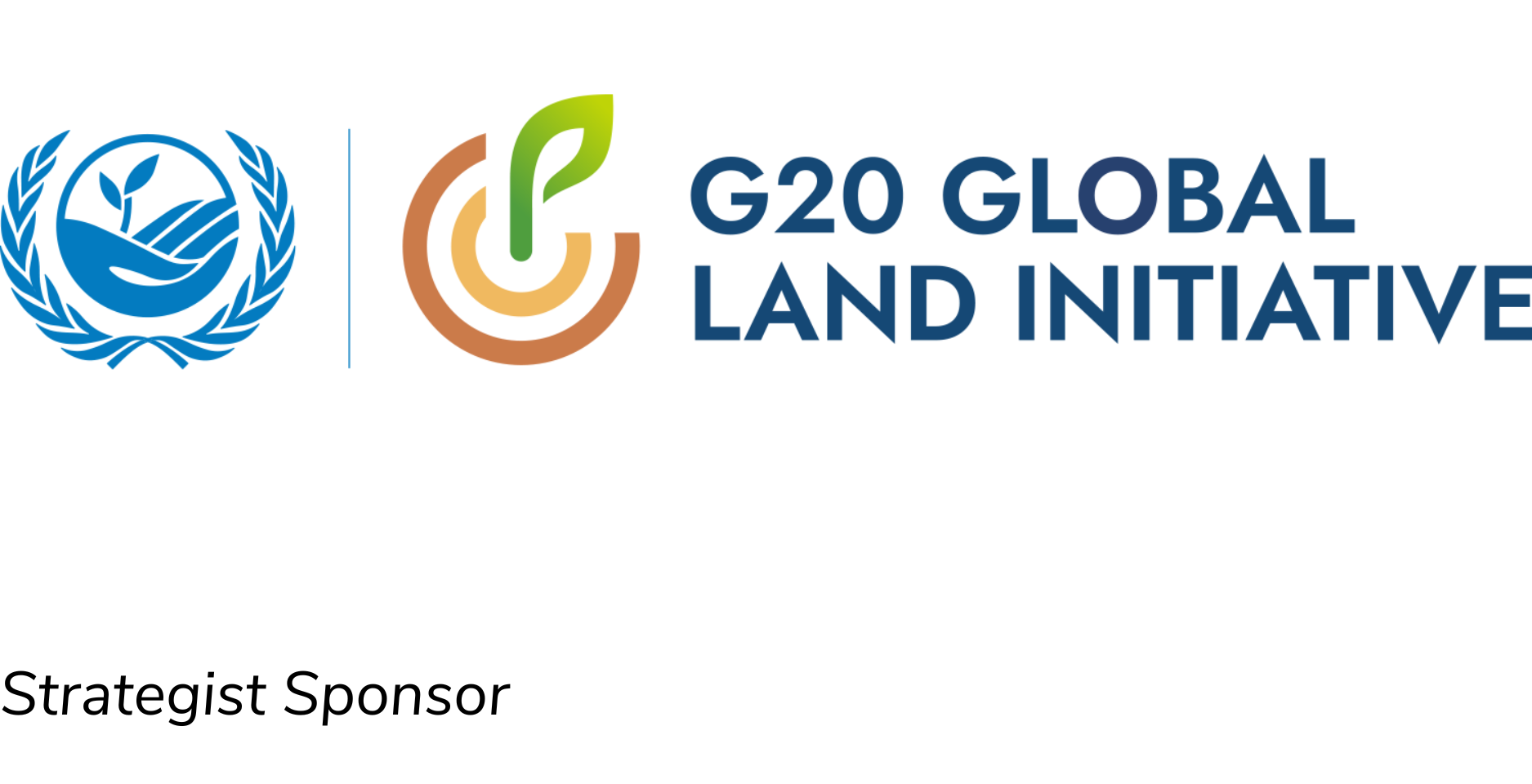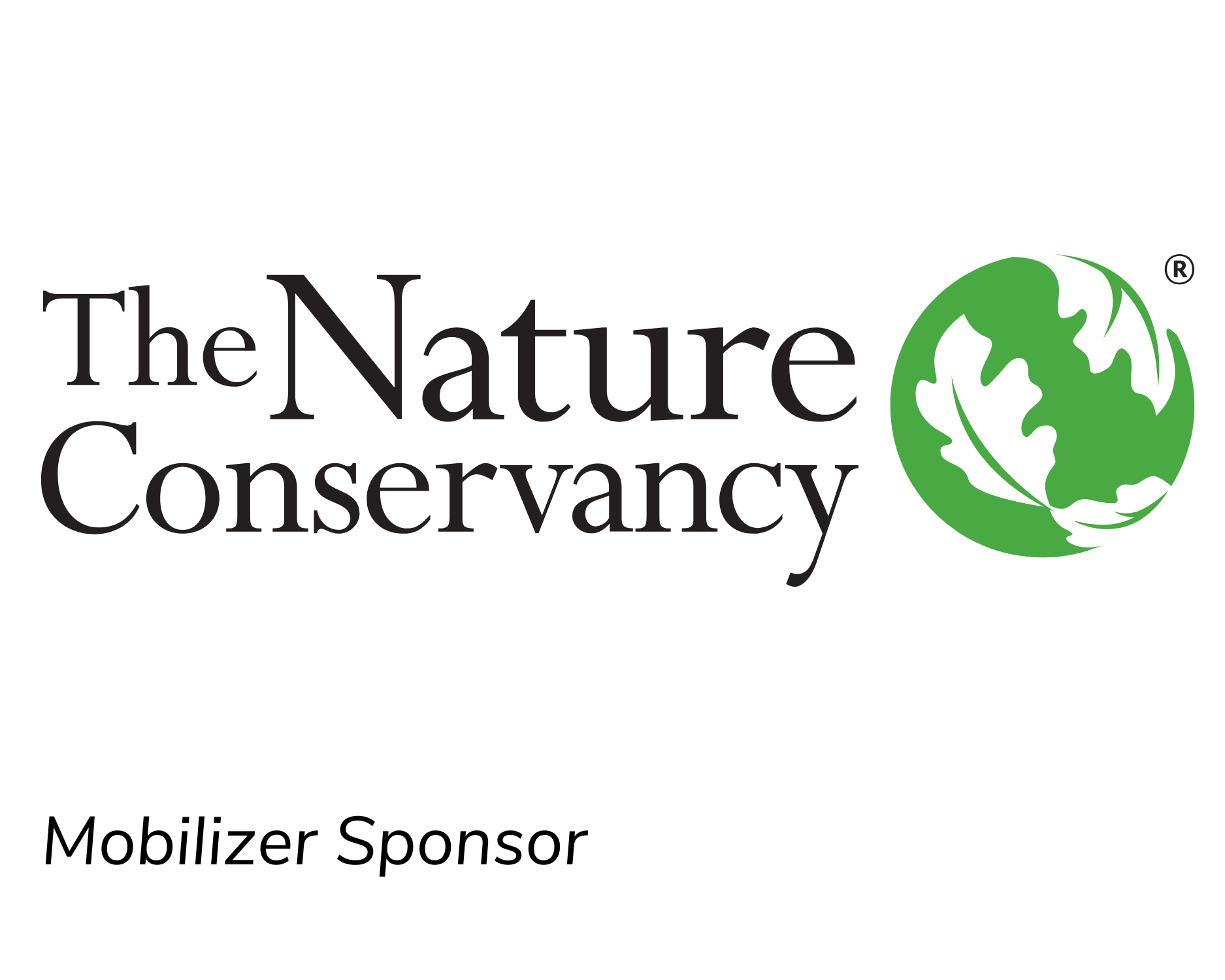Brief Project Description
The Kent St Sand Pit is a 4.5 hectare former landfill site that sits adjacent to the Town of Victoria Park’s remnant Banksia Woodland (Bush Forever site). The project aims to undertake five-star (in accordance with the SERA National Restoration Standards) revegetation on the site, restoring it to Banksia Woodland with approximately 90% of the site being revegetated. The remainder if the site will enhance the community connections to the space, inclusive of: cultural restoration with yarning spaces and educational nodes to tell Aboriginal stories; universal access ramps; walking trails and bird waterers. To date the Town has developed a Concept Plan and Detailed Design. A Restoration Plan and works documentation is also in development.
Anticipated staging of works include:
- Tender works for construction of parking area, paths, and features (2023/24).
- Tender works for restoration seeding and planting (2023/24).
- Continue to implement weed control across the site (2023/24).
- Continue plant production and seed collection to meet targets set out in the restoration plan (2023/24).
- Preliminary (e.g., site surveys, certification) and site works (2023/24).
- Undertake 500 square metre trial of seed mix to see the level of success of suite of species growth and also level of weed expression (following scalping, ripping and plow, respectively) (2023/24).
- Construct parking areas, paths, and features (2024/25 – 2025/26).
- Continue weed monitoring and appropriate chemical weed control throughout the site for a full year following construction (2026/27).
- Direct seeding of select species (2026/27).
- Targeted planting of select species (2026/27).

Kent Street Sand Pit Aerial
Key partner organisations
Town of Victoria Park; Wildfire Indigenous Education & Cultural Consultants; Mindeera Advisory Group (Aboriginal Advisory Group of Town of Victoria Park); Disability Access and Inclusion Advisory Group; Urban Forest Strategy Working Group; Curtin University (Restoration team); Friends of Jirdarup Bushland; Town community; State Government agencies.
Engagement with local communities and/or other stakeholders
Wildfire Consulting and the Town’s Aboriginal advisory group (Mindeera Advisory Group) have informed the planning and design of this project. Cultural mapping across the site determined appropriate locations of yarning spaces, mounding for restoration, pathways and potential artwork and materiality. They also advised on the appropriateness of the overall site design. The Town has also engaged with Curtin University restoration specialists to develop the Restoration Plan and directly inform the site design.
Friends of Jirdarup Bushland is an active community group in the Jirdarup Bushland precinct, which is inclusive of the Kent St Sand Pit. This group have been a part of the ongoing working group, having oversight over the site design. Broader community consultation has also been part of all phases of the project, allowing the process to be truly inclusive.
Supporting ecosystem recovery processes
Overall, the site is in fully degraded to very poor condition, possessing 1-star rating in each attribute of the national standards for the practice of ecological restoration. Given the previous land use and the presence of uncontrolled fill it is not feasible to return the underlying substrate to that of the reference ecosystem. However, it is expected that the site will be able to achieve 4-5 star ratings across all other categories because:
- The site is in close proximity to high quality bushland (Kensington Bushland).
- Town has directly engaged with restoration experts (e.g., Curtin University) to develop a Restoration Plan (which identifies baseline, goals and targets and restoration treatment prescriptions).
- Town has engaged with Tranen Revegetation Systems to obtain a diverse species mix for revegetation on site (e.g. including stock from Kensington Bushland).

Detailed design for the restoration of the Kent Street Sand Pit, Town of Victoria Park
Linking practice and research together
Our project represents an integrative approach to ecological restoration that links research and practice. By adhering to national standards and local strategic initiatives, we are aligning our hands-on restoration efforts with well-established research. The collaboration between academic experts, local advisory groups, and the community ensures a synergy between scientific knowledge and practical experience. A key component of the project is a 500-square-meter restoration trial to test seeding and planting methods, executed in partnership with Curtin University and Tranen revegetation systems. This trial bridges the gap between theory and practice, allowing us to experiment, analyse, and refine restoration techniques.
Priorities for allocating funding received
The top restoration-oriented priorities for the site in 2023/24 would be:
- Implement weed control across the site (approximately $4,800/year).
- Undertake 500 square metre trial of seed mix to determine the level of success of suite of species recruitment and also level of weed expression (following scalping, ripping and plow, respectively). The direct seeding is estimated to cost $300 (assuming 3 kg/ha x 0.05 ha (150g of seed) @ $2/g).
- Import fill for the site (estimated at $420,000 for 14,000 cubic metres).
Kent Street Sand Pit Aerial
Detained design for the restoration of the Kent Street Sand Pit, Town of Victoria Park
